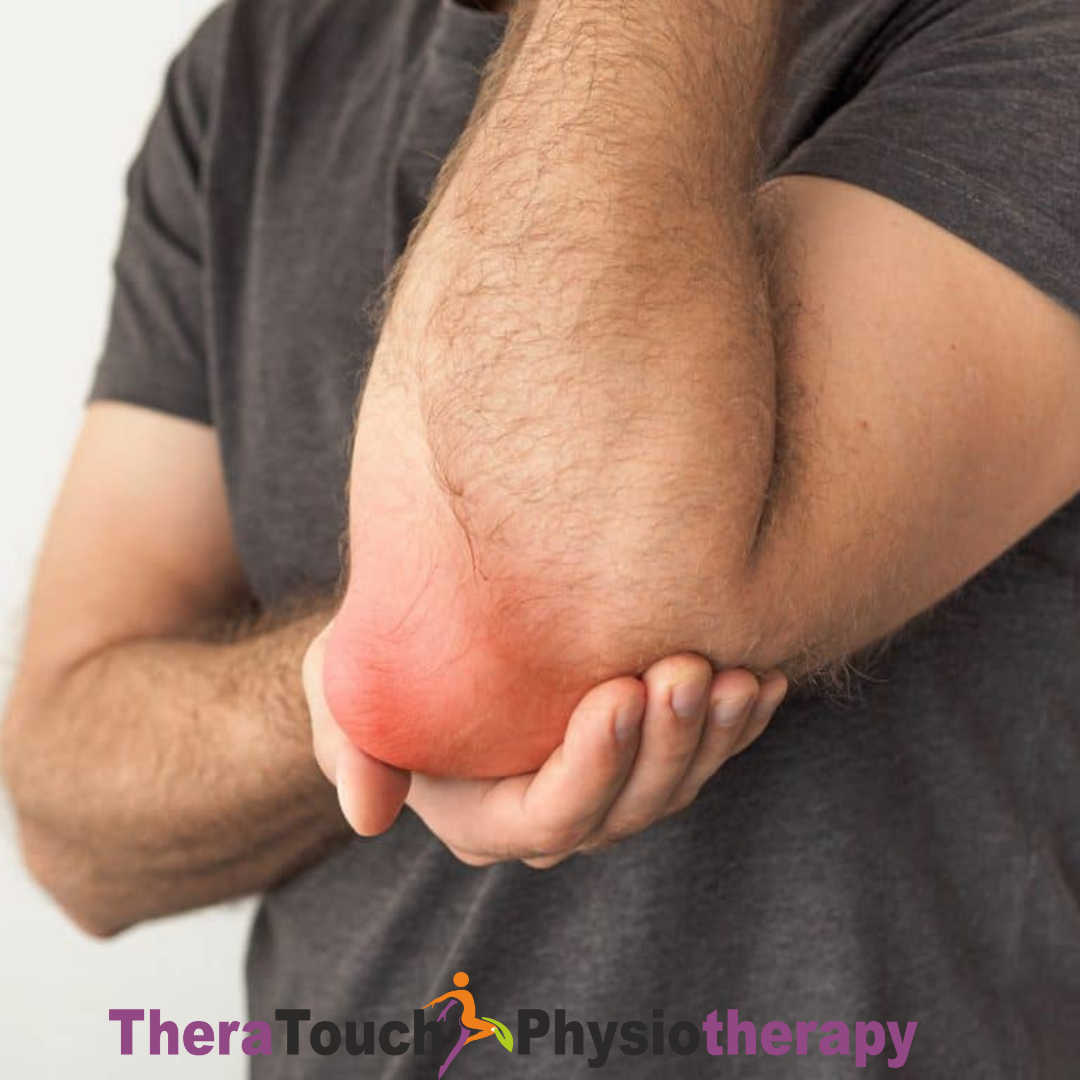Hip Replacement
Hip replacement surgery, also known as total hip arthroplasty, is a common procedure used to relieve pain and improve mobility in individuals with severe hip arthritis or injury. While surgery is a crucial step in restoring function, the post-operative period is equally important for achieving optimal outcomes. In this detailed blog post, we’ll explore the numerous benefits of physiotherapy in the rehabilitation process following hip replacement surgery, highlighting its role in maximizing recovery and restoring quality of life.
The Importance of Physiotherapy after Hip Replacement Surgery
1. Pain Management
Following hip replacement surgery, it’s common to experience pain and discomfort as your body heals. Physiotherapy interventions such as manual therapy, soft tissue mobilization, and gentle exercises can help alleviate pain and promote tissue healing. Additionally, your physiotherapist may utilize modalities such as heat or cold therapy to further manage pain and inflammation.
2. Restoring Range of Motion
Hip replacement surgery aims to improve joint function and mobility by replacing damaged or diseased hip joint components. Physiotherapy plays a crucial role in restoring range of motion in the hip joint through targeted stretching exercises, passive range of motion techniques, and joint mobilizations. These interventions help prevent stiffness and promote flexibility in the hip joint, allowing for smoother, more fluid movement.
3. Strengthening Muscles
Muscle weakness is common following hip replacement surgery due to inactivity and surgical trauma. Physiotherapy exercises focus on strengthening the muscles surrounding the hip joint, including the glutes, quadriceps, and hip abductors and adductors. Progressive resistance training, functional exercises, and weight-bearing activities help rebuild muscle strength and endurance, improving stability and overall function.
4. Improving Gait and Mobility
Regaining the ability to walk independently and safely is a primary goal of post-operative rehabilitation. Physiotherapy interventions include gait training, balance exercises, and functional mobility drills designed to improve walking mechanics, increase endurance, and reduce the risk of falls. Your physiotherapist will work closely with you to assess your gait pattern, address any abnormalities, and provide guidance on proper walking techniques and assistive devices as needed.
5. Enhancing Functional Independence
Physiotherapy aims to enhance your ability to perform activities of daily living (ADLs) independently and with confidence. Functional rehabilitation exercises simulate real-life movements and tasks such as standing up from a chair, climbing stairs, and getting in and out of bed. By focusing on functional activities, you’ll build strength, coordination, and confidence in performing everyday tasks, ultimately improving your quality of life.
6. Preventing Complications
Post-operative complications such as joint stiffness, muscle atrophy, and venous thromboembolism (blood clots) can occur if rehabilitation is neglected. Physiotherapy plays a vital role in preventing complications by promoting early mobilization. Educating patients on proper post-operative care, and monitoring for signs of complications. Your physiotherapist will closely monitor your progress. just your treatment plan as needed, and provide ongoing support throughout the recovery process.
Physiotherapy is an essential component of the rehabilitation process following hip replacement surgery. From pain management and range of motion exercises to muscle strengthening and gait training. physiotherapy offers a comprehensive approach to maximizing recovery and restoring function. If you’re scheduled for hip replacement surgery or have recently undergone the procedure. on’t underestimate the importance of physiotherapy in your recovery journey. With the guidance and expertise of a skilled physiotherapist. You can regain mobility, independence, and confidence in your ability to live life to the fullest.




